Preface
Choosing the appropriate screw used is one of the key steps in construction or home improvements and among the key factors that should be taken into account is the type of screw head involved. There are different types of screw heads, each performing a particular function and therefore understanding how they operate and the circumstances under which they can be employed is very important. In this article, various types of screws heads aiming at practical use of these elements and the construction projects will be presented in detail regarding their usability. Knowledge on the role of screw heads in fit, torque transfer and load distribution enables a person to work in a more efficient manner and prevents him or her from damaging the materials at hand and hence a task will be able to reach a successful conclusion.
What Are Screw Head Types?
Before describing the exterior features of different screw head types, it would be necessary to understand what a screw is, and how it is structured. A screw comprises two parts, there are the head and the shaft which is usually threaded and spiral in nature. The head covers the top portion of the work piece and the shaft hammers and underscores the head to fasten the Work piece. The dimension and contour of a screw head have great significance in determining how the screw will be used with a tool or a material. This effect touches on everything including how torque is transferred through and how the screw appears in throw visually. For example, a pan head screw provides a flat surface and is typically used in situations where a flush finish isn’t necessary. A countersunk screw head comes below the level of the work surface providing the subtle looking end finish.
Different types of screw heads serve different purposes and are made of different shapes. A perfect example of this is a flat deheaded screw which is used in countersunk holes because it can be made to provide a flush surface with the wall. On the other hand, a pan head screw has a larger surface area and is mostly used to fasten less hard materials. However, the screw head types are not only adopted for beauty and functionalities but rather they have important features that make the products more secure and stable. Some of these screw head types have additional features enabling them cope with more stress or improve clamping action and thus enhancing reliability in tough conditions. Whether you are working with wood, metal, or plastic, selecting the right screw head type is essential to ensure a stable and long-lasting project.
Countersunk vs. Non-Countersunk
Countersunk Screws
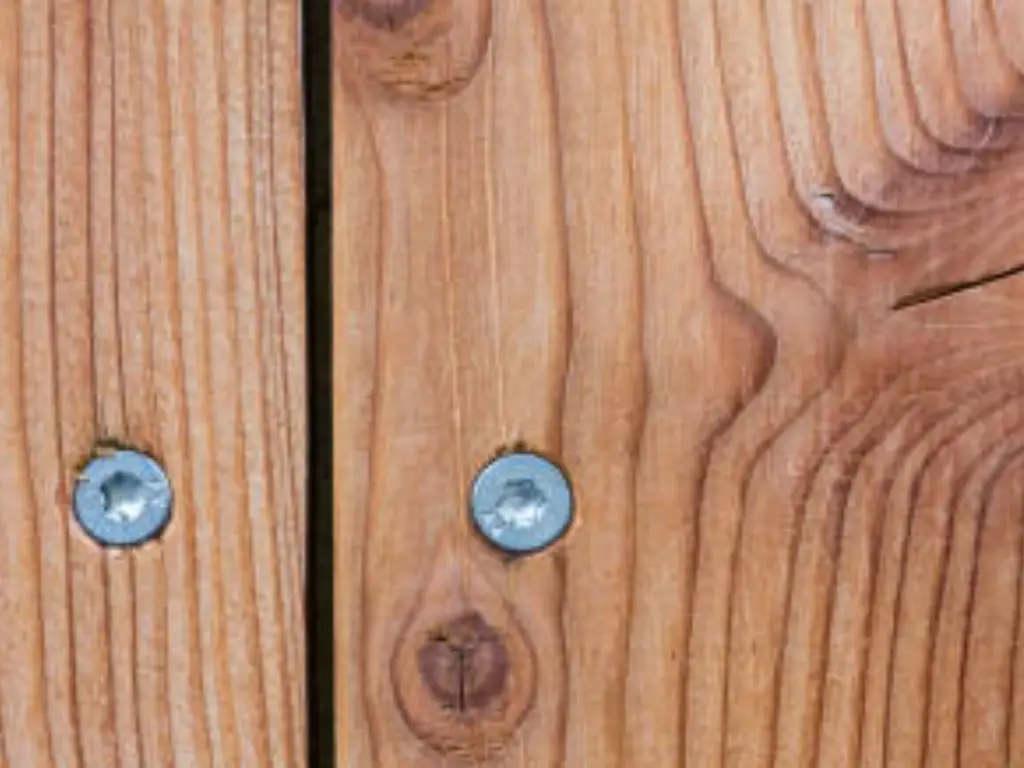
With this type of screw, the head is designed in such a way that its top is level with the surrounding surface and can be done with a filler in order to hide it. This is applied to any objects that are done by layered manufacturing, which is puttying. The easiest one is often the flat head screw or the type of screws whose heads are risen over the bonding material surface and can be headed with putty or paint to disguise it. In addition to aesthetics, countersunk screws reduce the risk of snagging and distribute load more evenly, making them suitable for projects requiring stability, like sheet metal or woodwork.
Non-Countersunk Screws
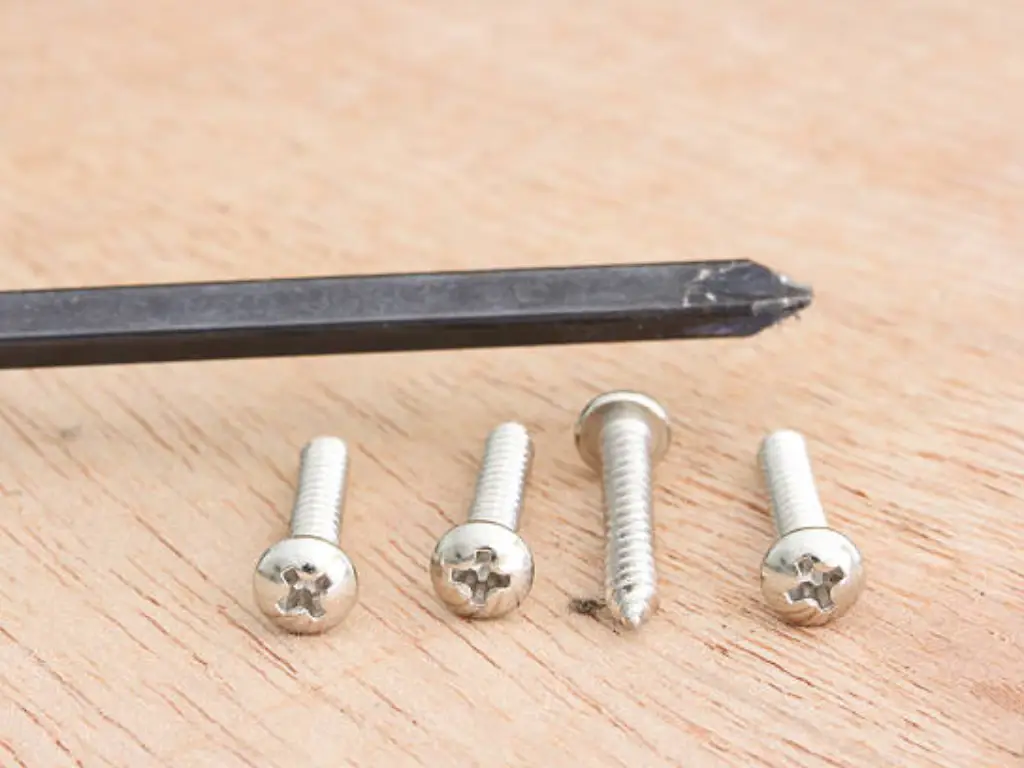
There are special types of screws such as pan head screw, round head screw, and truss head screw which do not sink in the surface. These types of screws are very useful in cases in which the screw needs to be taken out easily or the screw and its surrounds is not that important. The shape allows building up torque, therefore, such types of screw can be dipped into softer wood or even plastic laminate. These screws also come in handy when employing a construction in which the protruding head will help to provide a better distribution of load, making such screws very useful in furniture making and consumer electronics.
Choosing Between Countersunk and Non-Countersunk
| Criteria | Countersunk Screws | Non-Countersunk Screws |
| Functionality | Provides a smooth, flush finish; ideal for projects requiring an unbroken surface | Better for tasks needing frequent adjustments or where screw visibility isn’t a concern |
| Aesthetics | Ideal for decorative work, such as furniture or cabinetry, where a neat, seamless appearance is important | Visibility is acceptable, suitable for projects where appearance is less critical |
| Material Suitability | Works well in sheet metal, wood, and other materials where a clean, countersunk finish is required | Best suited for materials like wood or plastic laminates, providing better grip and torque transfer |
| Torque Transfer | Limited torque transfer due to flush design; suitable for lighter applications | Offers better torque transfer, making them more suitable for heavier or softer materials |
| Adjustment Needs | Not ideal for frequent removal or adjustment due to the flush fit | Easier to access and adjust repeatedly, suitable for applications requiring occasional maintenance |
Screw Head Types
When selecting screws for a project, choosing the right screw head type that fits the material and application is crucial. The design of the screw head impacts not only how it fits into the material but also how it interacts with tools and distributes force. Below are the most common screw head types, categorized by their unique functions and specific uses.
1. General-Purpose Screw Heads
These specific screw heads are utilized widely in different works of life including woodworking and metalworking, making it great for most common uses.
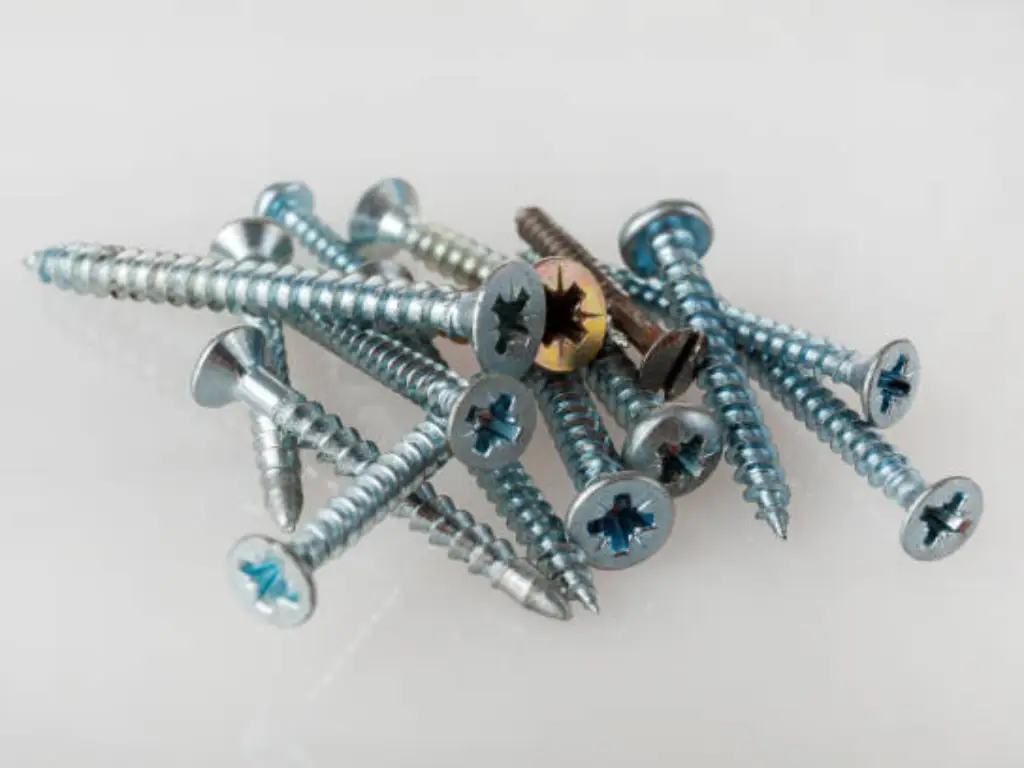
- Flat Head :Designed for countersinking, allowing the screw to sit flush with or below the surface, making it ideal for furniture assembly and woodworking. It provides a clean and unbroken finish.
- Oval Head: An oval head can still function like a flat head but has a dome and can serve a dual purpose; practical and aesthetic. This is common in decorative pieces or metal works.
- Round Head: It has a rounded top that extends above the surface and is meant for use in places where it is visible for instance in electronics, lamps and domestic appliances.
- Pan Head: Wide, flat surface and rounded edges, perfect for securing softer materials like wood or plastic. Commonly used in metalworking, automotive assembly, and electronics.
- Button Head: Similar to a pan head but with a smaller vertical profile, used in applications where the screws are visible, such as furniture or electronics, and need to blend into the design.
| Screw Head Type | Features | Typical Tool | Pros | Cons |
| Flat Head | Countersinks to sit flush or below the surface | Screwdriver (Phillips, slotted) | Clean, smooth finish; ideal for woodworking and furniture | Requires precise countersinking; not suitable for high-torque applications |
| Oval Head | Combines flat head base with a domed top | Screwdriver (Phillips, slotted) | Offers both a practical and decorative finish; good for visible fixtures | Slightly raised profile; not completely flush |
| Round Head | Domed top that sits above the surface | Screwdriver (Phillips, slotted) | Ideal for visible applications; easy to install and adjust | Visible screw head; less suitable for projects needing a flush finish |
| Pan Head | Wide, flat surface with rounded edges | Screwdriver (Phillips, slotted, Torx®) | Great for securing softer materials; distributes force well | Sits above the surface, not flush; may snag in some applications |
| Button Head | Similar to pan head but with a lower profile | Screwdriver (Torx®, hex) | Blends well into design; ideal for visible screws | Limited surface area for torque application; may not be suitable for heavy-duty projects |
2. Specialty Screw Heads for Specific Applications
These screw heads are designed for specific applications, offering unique functionality for various project needs.

- Bugle Head: Its gradual curved shape is designed to help spread weight evenly, and thus avoids destruction of soft materials like drywall and plastic laminate surfaces. It is also used in the installation of drywall sheets.
- Truss Head: A low-profile, wide head that spreads across a larger surface area, perfect for sheet metal and plastic applications. Often used in ductwork and light fixtures.
- Hex Head: These are suited for heavy duty applications such as loading of constructions, automotive work, etc. As a result of having a hexagonal form, this head facilitates heavy torque application with wrenches or socket tools.
- Socket Cap Head: Cylindrical small head with a hex shaped depression for insertion of an Allen wrench. This is usually done in a mechanical assembly of parts that require a close fit.
- Fillister Head: Uses a tall cylinderical head for use mainly in hardware and electrical devices. Its slot is cut very deep so isslightly torqued which provides additional strength making it ideal for hardware’s that needs constant adjustment.
- Tapered Head: Tapered head screws are one of the types of screw heads utilized in framing and woodwork. The shape of these screws enables them to penetrate better and hold well.
- Wafer Head: This head is flat and broad; it is intended to be used on lighter materials like plastic or sheet metal so that less damage might occur to materials while still providing enough grip.
- Flange Head: Its characteristic is that there is a circular flange located under the head which enhances the area of contact, it is useful in areas that require more force spreading like the automotive and mechanical.
| Screw Head Type | Features | Typical Tool | Pros | Cons |
| Bugle Head | Curved profile for even force distribution, preventing damage | Screwdriver (Phillips) | Prevents damage to soft materials like drywall and laminates | Limited to drywall and softer materials; not suitable for heavy-duty applications |
| Truss Head | Low-profile, wide head that spreads force across a larger area | Screwdriver (Phillips, slotted) | Ideal for sheet metal, plastic, ductwork, and light fixtures | Bulky head may not be suitable for aesthetic applications |
| Hex Head | Hexagonal shape for high torque applications | Wrench, socket tool | High torque capacity, ideal for heavy-duty projects like construction | Visible head; requires specific tools for installation |
| Socket Cap Head | Cylindrical head with hexagonal recess for Allen wrench | Allen wrench (hex key) | Precise fit, flush finish, commonly used in machine assembly | Requires Allen wrench; may not be suitable for decorative purposes |
| Fillister Head | Tall cylindrical head with deep slot for high torque use | Screwdriver (slotted) | Strong hold, withstands high torque, good for mechanical adjustments | Tall profile may not be flush with surface; can protrude visibly |
| Tapered Head | Tapered shape for better penetration and firm attachment | Screwdriver (Phillips, slotted) | Ideal for woodworking and construction projects, firm attachment | Not ideal for flush finish; protrudes from surface |
| Wafer Head | Wide, thin head for lightweight materials | Screwdriver (Phillips) | Reduces material damage, suitable for lightweight materials | Limited to thin or soft materials; not strong for heavy-duty applications |
| Flange Head | Features a round flange for greater surface contact | Wrench, socket tool | Provides excellent force distribution, ideal for automotive applications | Bulky head; requires specific tools for installation |
3. High-Torque and Precision Screw Heads
These screw heads are ideal for high-torque applications and projects that require precision and resistance to stripping.
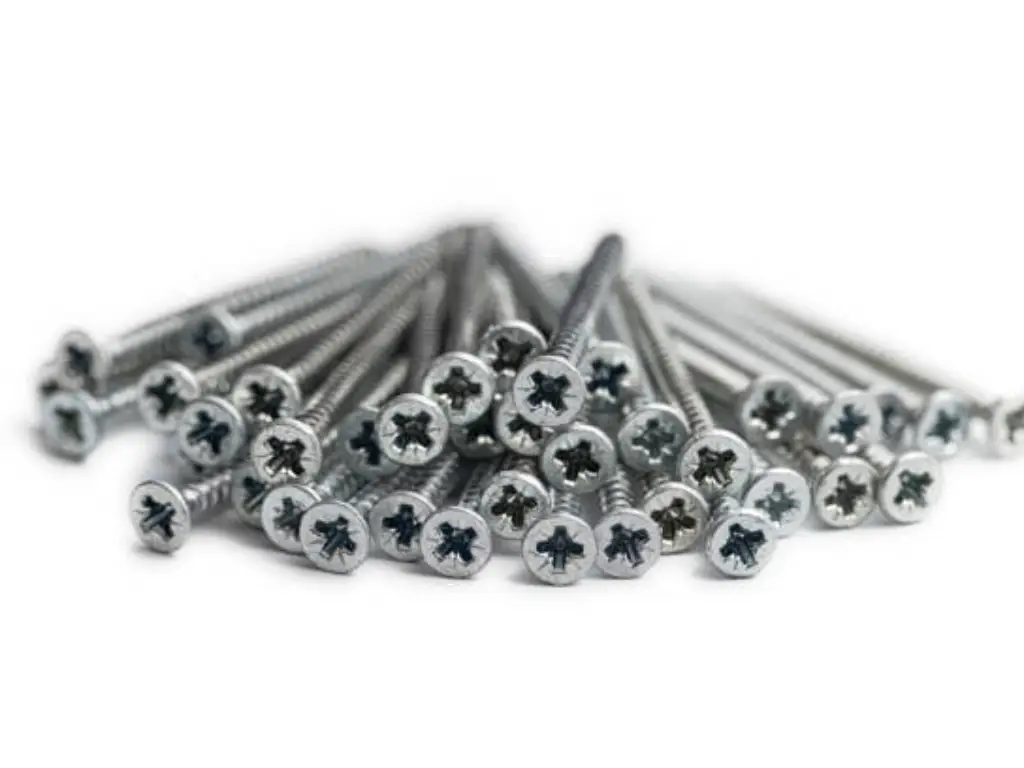
- Torx Head: Thanks to the six-pointed Torx drive, it is able to distribute load evenly and is efficiently employed in applications where torque is usually high, such as automotive, aerospace, and electronics. The Torx driver is specifically designed to engage with the star-shaped head, reducing the risk of stripping and making it ideal for carrying out precise tasks. This screw type is widely used for its ability to handle high torque without damage.
- Phillips Head: One of the most common screw types, the Phillips head has a cross shape that protects against over-torquing through cam-out. This design is most commonly used in woodworking, metalworking, and electronics, and is easily driven with a standard screwdriver.
- Pozidriv Head: A further improvement over the Phillips, the Pozidriv design encourages better torque application with reduced cam-out. This makes it a common choice in automotive and other heavy machinery, where higher torque without slippage is critical. The Pozidriv screw drive allows for more precise control and better engagement during installation.
- Slotted Head: This classic screw drive design is one of the simplest and oldest, featuring a single straight slot. While it is prone to cam-out, it remains suitable for lighter duties such as electrical parts or simple woodworking, where high torque is not required. Slotted screw types are often used where simple hand tools are preferred.
| Screw Head Type | Features | Typical Tool | Pros | Cons |
| Torx® Head | Star-shaped drive with multiple contact points | Torx driver or bit | High torque capacity, resists stripping, ideal for precision work | Requires specific Torx® tool, less common in general applications |
| Phillips Head | Cross-shaped design to prevent over-tightening (cam-out) | Screwdriver (Phillips) | Easy to use, common for general applications in wood and metal | Prone to cam-out under high torque, not suitable for heavy-duty |
| Pozidriv Head | Advanced Phillips design for more precise torque application | Screwdriver (Pozidriv) | Reduces cam-out, offers more control in heavy-duty applications | Less common tool required, still prone to stripping under high torque |
| Slotted Head | Simple straight-line slot, traditional design | Screwdriver (slotted) | Easy to use with common tools, widely available | Prone to cam-out, difficult to use with power tools, limited torque |
4. Security and Tamper-Resistant Screw Heads
These screw heads are designed for security applications, preventing unauthorized removal.
- Security Heads (Tamper-Resistant): Includes one-way screws and security Torx with a center pin, often used in public fixtures, electronics, and locks to prevent tampering.
- Tri-Wing and Tri-Groove: These are complement to screws, calipers having three grooves. They are used in the aerospace, military, and high-end precision electronics industries that require special screwdrivers to unscrew them.
| Screw Head Type | Features | Typical Tool | Pros | Cons |
| Security Heads (Tamper-Resistant) | One-way screws, security Torx with center pin for tamper prevention | Security screwdriver or bit | Prevents tampering, ideal for public fixtures and electronics | Requires specialized tools for removal, not suitable for frequent adjustments |
| Tri-Wing and Tri-Groove | Three-slot design, used in sensitive applications like aerospace and military | Tri-wing or tri-groove driver | High security, tamper-resistant, used in specialized, secure applications | Very specialized, requires uncommon tools, difficult to remove without proper equipment |
5. Decorative and Aesthetic Screw Heads
These screw heads are used where appearance matters, often providing both functional and aesthetic benefits.
- Oval Countersunk Head: These are ornamental versions of the oval head but meant only for countersunk spaces. It offers both functional and visual designs so it could be used in boat hardware or as decorative fittings.
- Cheese Head: Rounded brushed finished head with vertical sides resembling a slice cheese, used widely in religion, and many varieties in electrical and precision (especially as used in older machines and electronic devices) engineering.
- Knurled Head: Features a ridged surface around the head for easy manual adjustment without tools, often used in electronics, mechanical equipment, and consumer goods.
| Screw Head Type | Features | Typical Tool | Pros | Cons |
| Oval Countersunk Head | Decorative version of oval head for countersunk holes, combining functionality and aesthetics | Screwdriver (Phillips, slotted) | Provides a neat, decorative finish; ideal for visible applications like boat hardware | Limited to decorative uses; not suited for heavy-duty applications |
| Cheese Head | Tall cylindrical head with vertical sides, used in precision engineering | Screwdriver (slotted) | Strong hold, ideal for older machinery and precision applications | Bulky appearance; not flush with the surface |
| Knurled Head | Ridged surface for easy manual adjustment without tools | Hand adjustable, no tools needed | Easy to adjust without tools, ideal for electronics and mechanical equipment | Limited torque application; not suitable for high-strength fastening |
Choosing the Right Tool
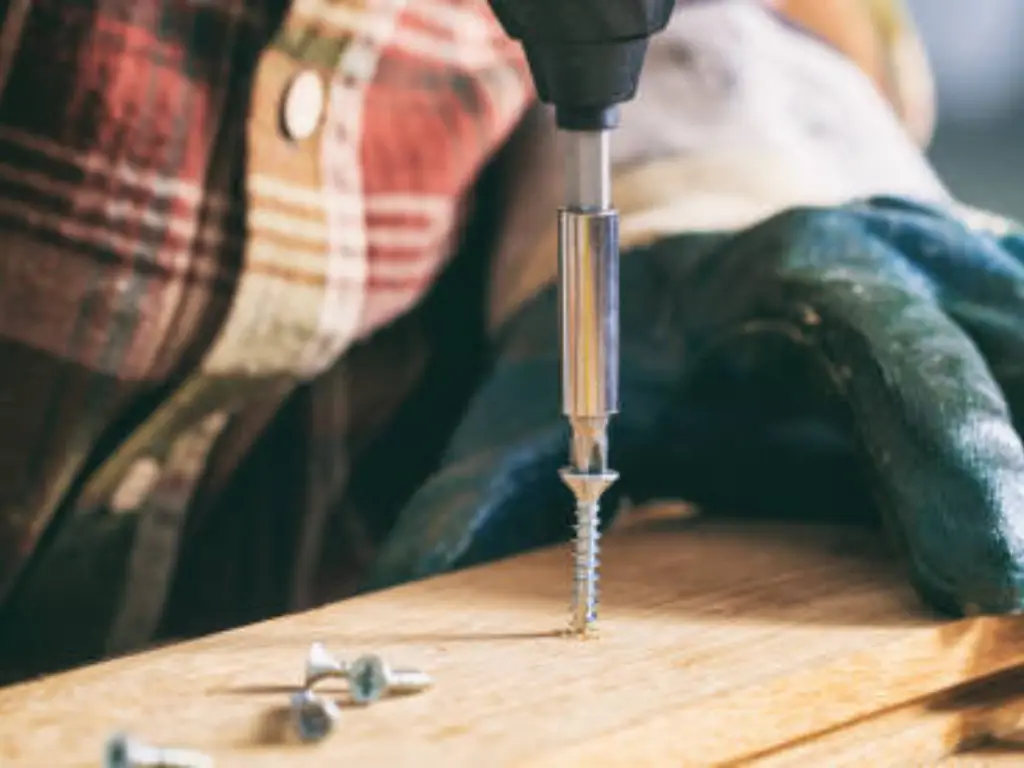
Choosing the proper tool is as important as the type of screw head that needs to be used. Every drive type needs a matching tool in order to prevent engagement failure as well as avoid damage to the screw’s head or the workpiece. A Phillips screwdriver is used on Phillips head screws while a hex key is applied on hex screws. Whenever performing the action requiring a particular bolt or screw head, ensure that the proper tool is used to achieve the right amount of torque so as not to strip the head.
Functional vs. Decorative Screw Heads
As much as functional screw heads and screw fasteners look like they are created cheap, these components are robust and durable as they are manufactured to withstand higher torque and withstand better load in harsh activities like metal working or wood working. The more common forms, such as flat head and pan head screws, are more clamped in projects where the performance and stability of components are paramount. On the other hand, decorative screw heads offer more of the decorative aspect rather than any practical use. The cover round and oval head screws serve the purpose of placing the finishing touches where such fixtures are part of the design. Such treatment is usually applied where furniture or decorative fittings are designed.
At times, controversial decisions must be made when choosing between functional and aesthetics oriented elements such as screw heads. In determining the weight the screw must sustain and the look the screw should have, one has to choose a head between functional and non-functional. For proper screw support as well as for aesthetic concerns, flat head and hex head screws are recommendable for heavy duty works. On the other hand, for works where the decoration aspect is of great emphasis as in furniture or architecture, the screws tend to emphasize on beauty rather than functionality.
Selecting the Right Screw Head
Load
Determining the appropriate screw head considering load distribution on the screw is a task that requires the consideration of the adequacy of the strength and stability.
Heavy Loads
For heavy loading projects like construction or structural works, hex head or Torx® head screws are preferable for such applications. These heads allow multiple contact points and great torque application without stripping the screws’ heads since there are no retention ears that can be damaged. Due to these large head sizes, interlocking features are hard pulled loose and stay pulled despite most strenuous situations over time.
Light Loads
For light loadings or loadings in which looks are the primary considerations such as furniture or small electronic devices assembly, oval head or round head screws may be used. These screw heads have been designed to achieve a compromise as much more hold is not required bearing in mind the weight they are carrying. However, they are likely not as strong as the big-headed screw in heavy load applications.
Torque
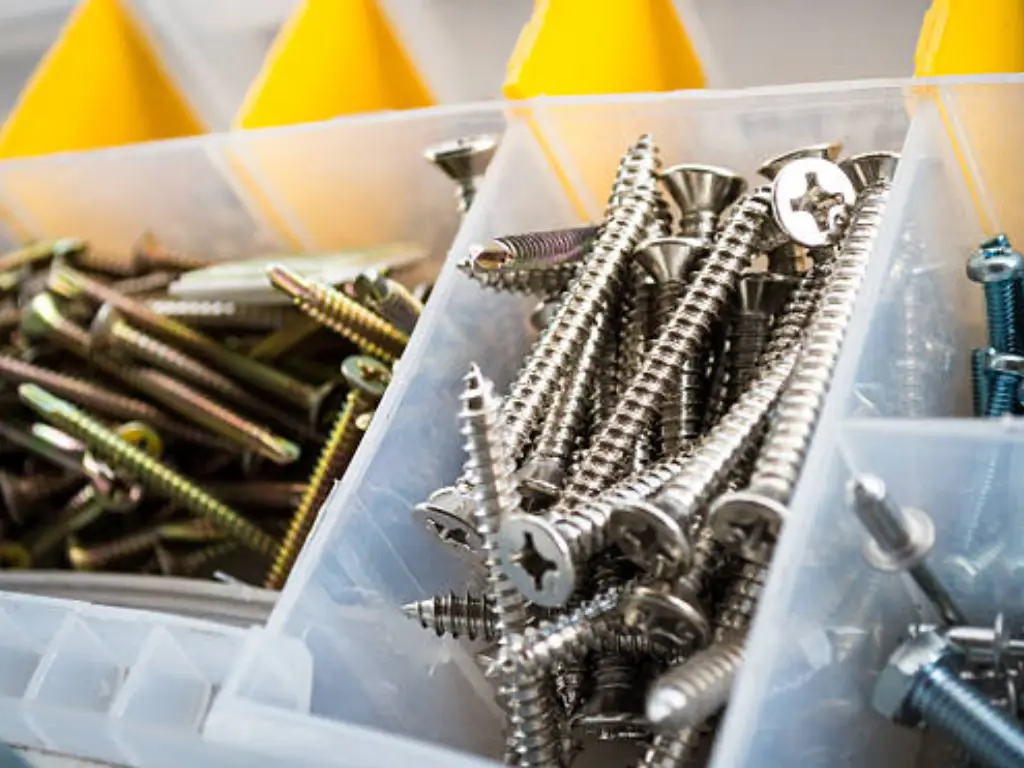
There are different torque levels for various applications and the screw head that is chosen has to be in accordance with this so as to prevent stripping or damaging the fastener.
High Torque Applications
High Torque Applications For high torque projects, such as working with aluminum, automotive parts, or any other project involving thick metals or dense materials, Torx screws and hex head screws are the best options. Torx screws are known for their unique design, featuring several contact points that ensure better torque transfer without damaging the screw, making them suitable for higher torque applications. This makes them ideal when a very tightly fastened assembly is required, particularly in demanding applications.
Low to Medium Torque Applications
For relatively easier tasks, such as those involving wood or plastics, Phillips and flat head screws are more suitable. While they can handle medium to low torque, they are prone to stripping if too much torque is applied. These screws are most appropriate for fastening applications where only a small amount of force is needed, preventing the materials from being damaged by excessive compression.
Material
The object you will be fastening will determine the kind of screw head required as the different surfaces can withstand varying amounts of pressure and torquing.
Wood and Drywall
With soft materials such as wood and drywall, flat head screws or bugle head screws are a popular choice. Their head shape allows them to be fitted below the wider surface of the material, ensuring a smooth, even finish. These screws are highly effective without causing damage to the material, making them ideal for woodworking or drywall projects where penetration depth and stability are key concerns.
Metal and Hard Plastics
When dealing with more challenging materials like metal or hard plastic moldings, pan head screws or round head screws are the best options. These screws have a larger head shape, which provides a greater surface area to hold the material securely, preventing stripping. Their design makes it possible to apply higher torque without damaging the joints, making them a popular choice for metalworking, as they help eliminate damage to threads in most cases.
Surface Finishes
Correct selection of screw head according to surface finishes is important to increase screw life and functionality especially i corrosion or wear conditions. Steel screws with zinc plating are perfect to use in moisture trapped or high humid conditions since the zinc layer acts to protect against corrosion. This makes them perfect for use in external applications or regions with extreme heat. For extra protection, the more durable galvanized screws are used, and they perform well in heavy-duty outdoor applications such as fencing or building in harsh weather and water conditions.
Environmental Factors and Durability
In the case of projects with exposure to moisture, chemicals, or external elements, the use of screws made of stainless steel or galvanized material is important. These materials are resistant to corrosion and prolong the life of the fastening. Among the various screw materials available, stainless steel screws have a unique advantage in that they can be used in hostile environments such as those found in seafaring vessels and outdoor users.
Whereas moisture and chemical exposure is limited to indoor controlled environments and steel and brass screws will be enough most of the time. Brass screws have an added advantage in ability to resist tarnishing and even being attractive. Hence they are used widely in different artistic designs on aspects like cupboards and chandeliers.
Best Practices for Various Projects
Woodworking Screw Selection
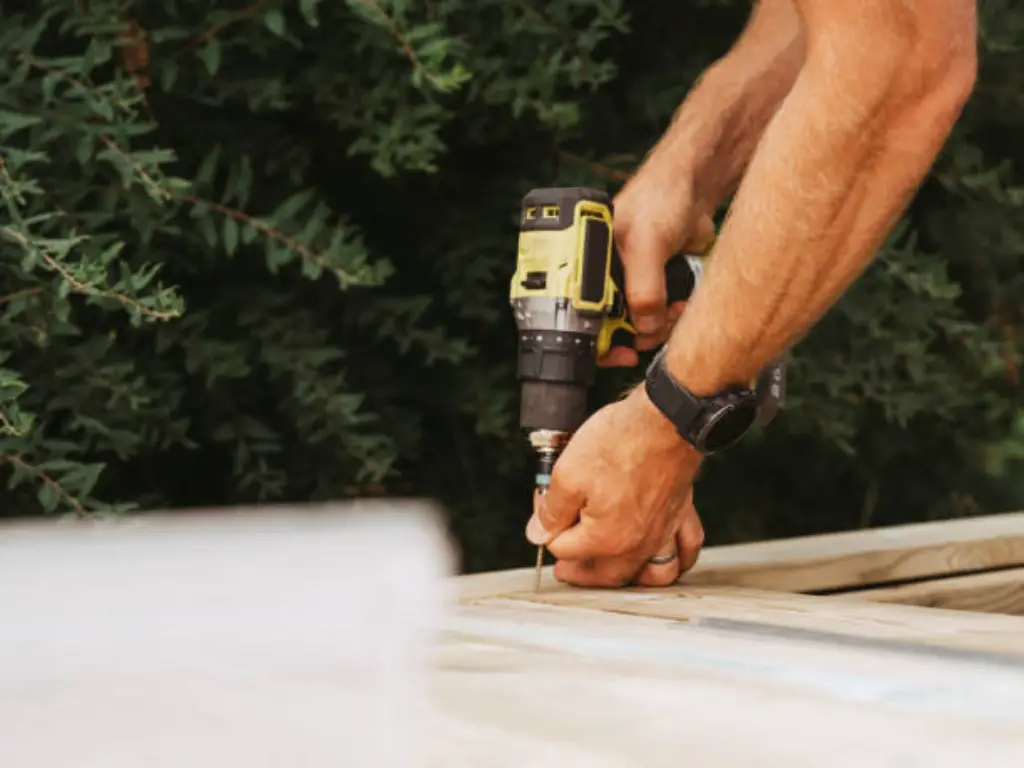
In woodworking, wood screws with flat heads or bugle heads are most common. Their head design allows them to be easily sunk into the surface of the plywood, creating a smooth finish that doesn’t rise above the surface or detract from the beauty of the project. For many woodworking projects, Phillips drive screws are preferred due to their ease of use and effectiveness in creating a flush finish.
Metalworking Screw Head Choices
In metalworking, screws with hex heads or pan heads provide better strength and torque transfer. The head design of these screws ensures they can penetrate hard materials without stripping, resulting in a secure and durable fastening. The top of the head is typically larger to distribute pressure more evenly, making them ideal for heavy-duty applications.
Screws for Precision Equipment
When working with precision equipment, hand tools equipped with Torx® screws or Phillips drive screws are commonly used. Their unique head design ensures a secure fit and ability to withstand greater torque without damaging fragile parts, making them ideal for sensitive fastening tasks in electronics and other delicate machinery.
Conclusion
The selection of the right screw is determined by the material, load, and environment. Pinewood or ply-wood compositions will work perfectly using slotted or round type flat heads. Metal goes well with Torx or Hex heads. One oops is to apply the wrong drive type or invert it for the material/application. Be cautious, when applying the screw, never use a screw head that does not meet your torque needs or the environmental conditions that you believe are in place.






